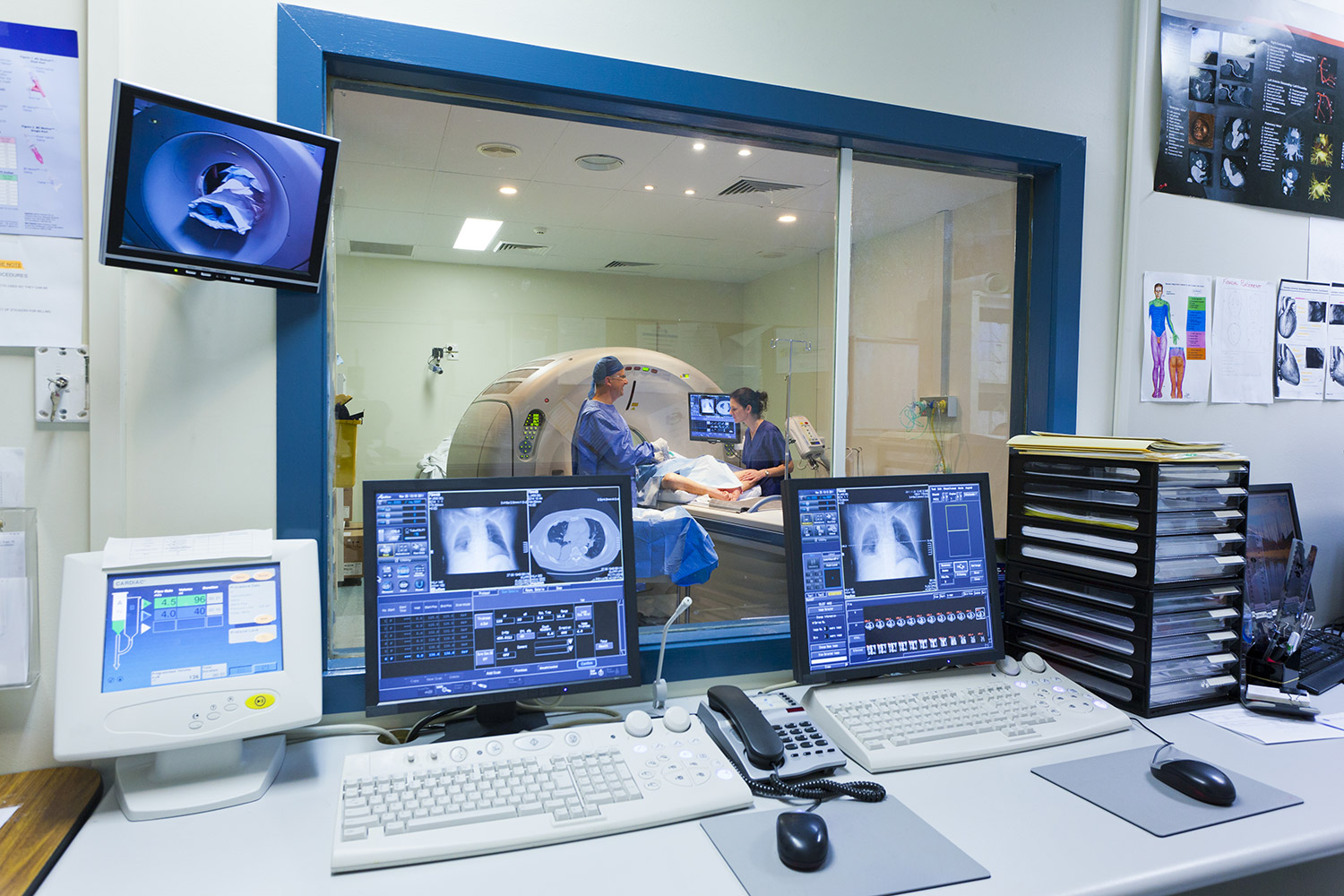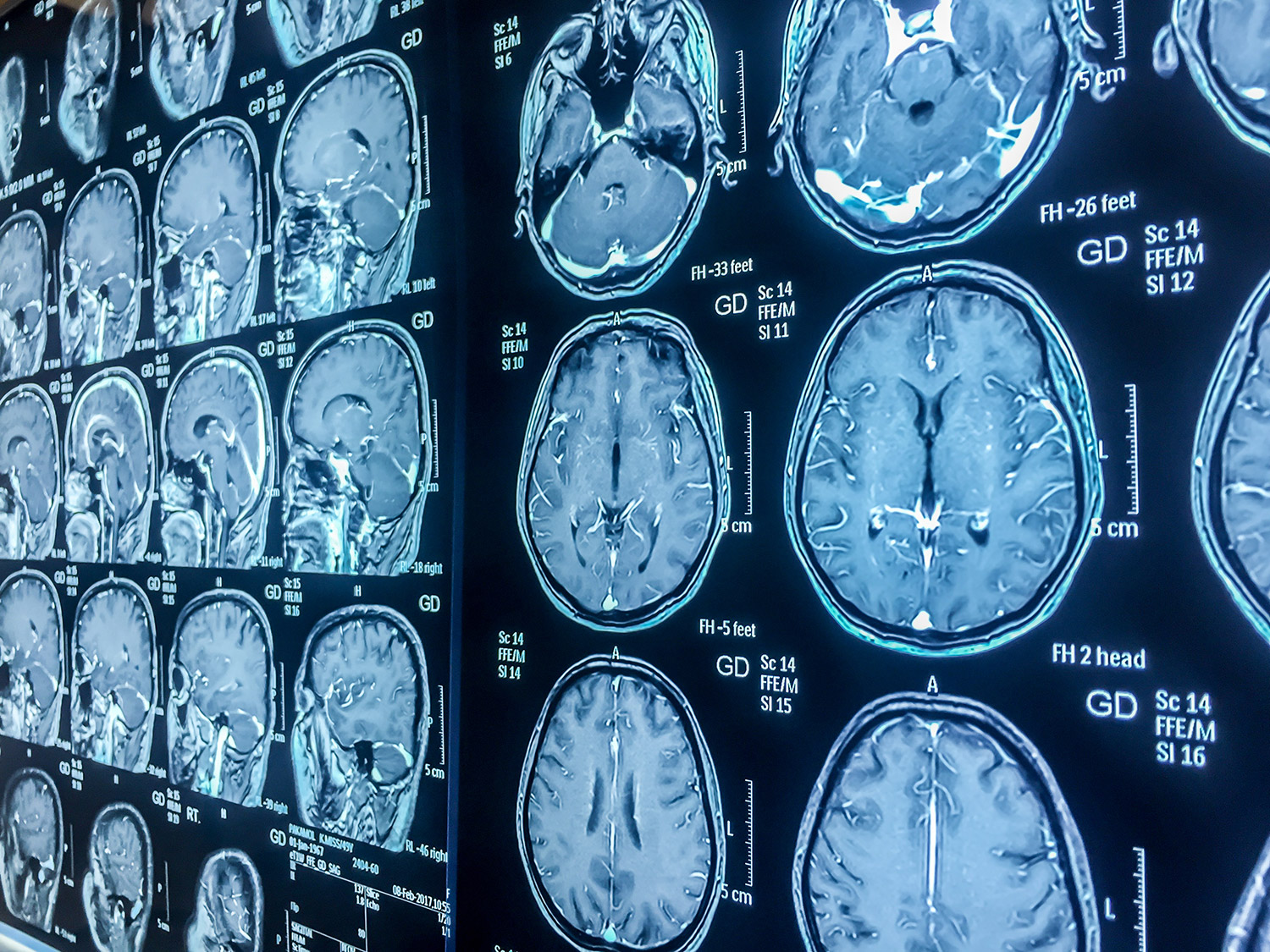How Does Radiology Coding Impact The Revenue Cycle?
Accurate radiology coding is one of the essential parts of a healthy revenue cycle as it sets the course for a seamless claims process in order to achieve the highest clean claim rates. If there are issues with coding and documentation, this will impact all aspects of the revenue cycle and could lead to more denials, an increase in time to collect payment, possible compliance issues, and unnecessary risk to the practice’s operations and ability to provide optimal care.
As radiology revenue cycle has evolved, more manual processes have been discarded in favor of automated software and other technology solutions, but as we will highlight, the human element remains an essential part of the coding and documentation process.
This short guide will outline the basics of radiology coding, share best practices you can implement in your process, and explore how technology and AI are impacting coding now and in the future.
Table Of Contents
What Is Radiology Coding?
When radiologists or physicians conduct a diagnostic test or perform a medical procedure, they must provide documentation that allows radiology coders to assign codes for accurate billing. The documentation is what the radiologist uses to justify their claim when they seek reimbursement from the insurance carrier.
Each diagnosis and medical procedure is assigned a unique code from the tenth edition of the International Classification of Diseases (ICD-10), maintained by the World Health Organization (WHO).
Radiology coders must have a thorough understanding of ICD-10, the numerous medical terminologies they will see in the documentation, insurance plans, Medicare and Medicaid, state and federal regulations, and HIPAA compliance.

What Specifically Does A Radiology Coder Do?
While exact processes may vary from practice to practice, here is an example of what a radiology coder may do once they receive documentation for a claim:
- Review the patient’s health records to ensure all information is accurate and documents are complete
- Create an insurance claim for reimbursement for all services rendered
- Select and assign corresponding CPT codes, ICD-10 codes, and modifiers
- Ensure codes are accurate based on the documentation provided
In the event of a rejection or denial related to coding and documentation, radiology coders will review and update CPT codes, ICD-10 codes, modifiers, etc., in order to resubmit the claim for adjudication.
What Are Some Challenges Of Coding In Radiology?
Radiology is constantly evolving, and new challenges affect how practices receive reimbursement for services rendered. From legislative mandates and changes in coding requirements to increased pressure to provide the highest quality of care, practices must be aware of these challenges to ensure compliance and complete reimbursement.
Ensuring the documentation for every radiology exam is complete to optimize reimbursement.
As many carriers scrutinize the medical necessity of radiology exams more now than ever before, radiology coders must have all the documentation they need to assign a code based on the listed criteria and test results to prevent upcoding, downcoding, and outright denials. In some cases, the radiology coders will need to query the radiologist to get all the necessary details for accurate code assignment.
Having a timely denial management process that addresses any errors or missing information regarding medical necessity, Local Coverage Determinations, and other issues.
The most common reasons for denials include medical necessity, incorrect or missing CPT codes, lack of authorization, and procedure bundling. Your billing team must have a robust and tested resolution process to resolve these issues and resubmit the claim for faster processing. For more information, please review our Denial Management Guide.
Coding for Interventional Radiology exams.
Diagnostic Radiology exams involve undertaking a range of imaging procedures to obtain body images to diagnose illness and injury. Interventional Radiology exams will go a step further and allow the radiologist to perform a wide range of interventional medical procedures to treat the disease or injury. Interventional Radiology coding requires a high level of specialization; it should not be done by Diagnostic Radiology coders who will likely not have familiarity with Interventional Radiology procedures and their corresponding codes and edits.
Staying up to date on the latest changes in coding.
In 2022 alone, the AMA released 400 code changes, including 249 new codes, 63 deletions, and 93 revisions. Ongoing education, training, and certifications are essential to compliance and understanding the latest coding changes.
How Can Radiology Practices Mitigate These Challenges?
While these and other challenges can be significant, practices and their billing teams can proactively take steps to reduce denials, ensure compliance, and optimize reimbursement.
Conduct Coding Compliance Audits Regularly
Rigorous coding audits can provide a better understanding of where there may be compliance issues or problems in your coding process that are affecting your clean claim rate. In an audit, compliance team members and radiology coders will work together to identify issues with documentation and reporting to support coding guidelines and requirements.
The goal of an audit is to prevent ongoing issues that affect compliance and recommend education and training to support radiology coders and others on the billing team.
Separate Diagnostic Radiology and Interventional Radiology Coding Teams
Diagnostic Radiology and Interventional Radiology coding should be treated differently. You should have a team of certified radiology coders and auditors who only handle Interventional Radiology reports and audits.
Provide Physician Training and an Ongoing Feedback Loop
Denials and adjustments are a part of the revenue cycle process. If a radiology coder needs to provide dictation feedback to appeal a claim or obtain more information, there must be an easy way to communicate with the radiologists to resolve the issue.
As every radiologist is different and each practice has varying requirements, the assigned radiology coders should learn each radiologist’s documentation style to optimize feedback and turn claims around faster.
Radiologist education and training should also be a part of your ongoing education program to ensure your radiologists have the latest information and updates on coding best practices. Guidance and support around the creation or the editing of templates and macros can cut down on the amount of communication back and forth between the radiologists and the radiology coders.
What Does The Future Hold For Radiology Coding?
Radiology coding software has value and benefits for radiology coders. That said, it should not eliminate the need for certified radiology coders to be analyzing the documentation and coding on every report. Certified radiology coders instinctively will have personal experience, vast knowledge, and the background to be able to provide meaningful feedback to the radiologists.
As time goes on, radiology coding technologies will improve. Artificial intelligence and machine learning will become more prevalent, and this will help certified radiology coders become more efficient and effective at doing their jobs. However, certified radiology coders will always have a primary function in the radiology coding process.

How Can MBMS Help You Optimize Your Revenue Cycle?
As you have read through this guide on coding, you might have recognized some challenges your practice is experiencing or want to learn more about ways you can improve your overall revenue cycle. Please contact our sales team today for more information.




